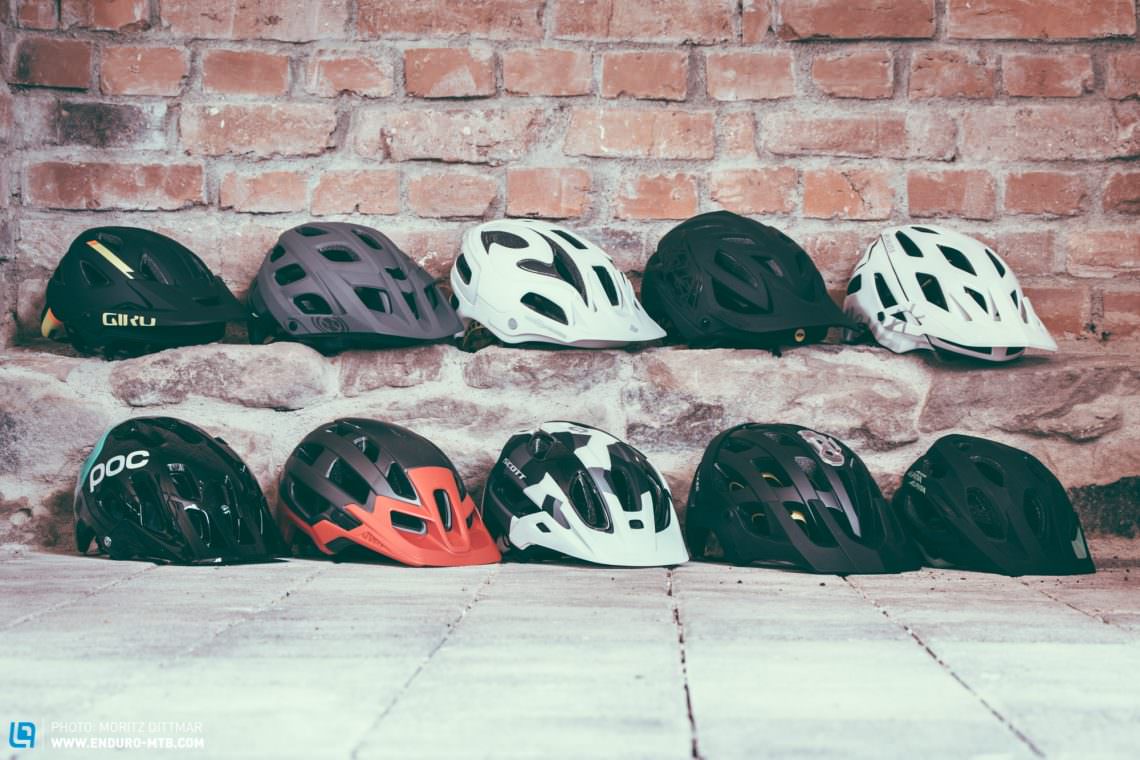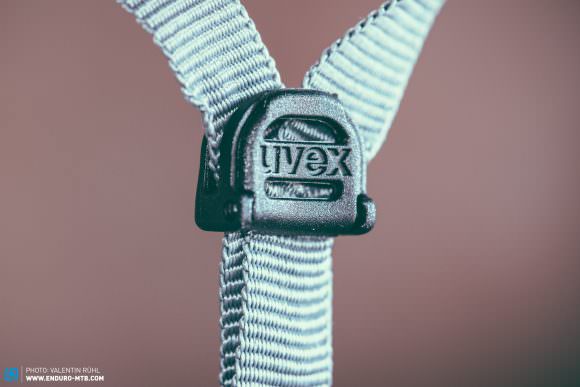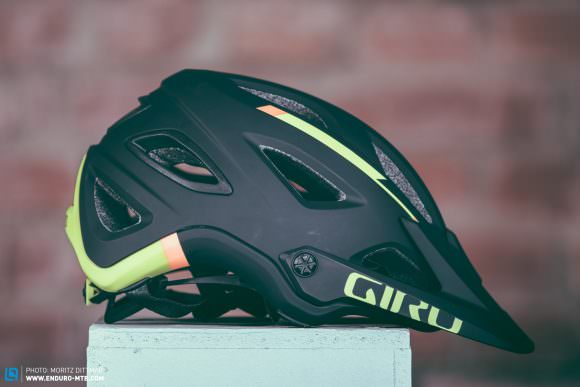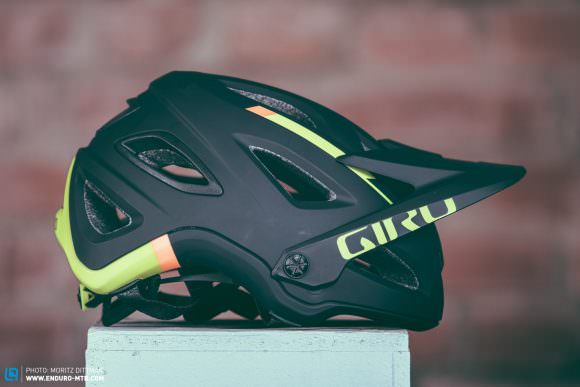You’re rapidly approaching the kicker and it fires you into the air. But you’ve come in too hot and you overshoot, watching the landing disappear behind you. The dust settles and you realize that you’ve come away fairly unscathed – thanks to your helmet and good fortune. But how do you find the ultimate guardian angel?
The market for helmets is huge, and every brand now creates models for trail and enduro riders. They’ve got more coverage than regular cycling lids, and sport clever, safety-conscious features that render them more suited to gnarly off-road riding. This group test intensively pits ten of the most popular trail helmets against each other to see which ones deserve crowning.

What matters when you’re buying a new lid
The fit: The most intricate adjustment system is no good if the helmet isn’t the right fit. Most of our test riders found that Giro, Uvex, IXS, and Alpina generally fitted best. The rest of the test fleet were more hit-and-miss – they fitted certain head shapes perfectly, but often lacked the ability to fit heads across the board.
The adjustments: If the helmet is a good fit, then it’s time to look closely at the adjustment system. Most helmets use a three or four-point system, and the strap is attached by either looping continuously through the inside or affixed to the outside of the shell. Three-point systems usually fit better on your head, while four-point straps look tidier. The buckles under the ears are either fixed or adjustable, with adjustable offering more flexibility. There’s a cradle inside the helmet to make sure it stays in place if you crash, and decent helmets usually have adjustments for height and circumference. All of these elements combine to create the ultimate fit, which then ensures comfort.


Fixed vs. adjustable straps: while fixed straps are non-adjustable but tend to fit well, adjustable straps are notably fiddly to set correctly – but obviously end up fitting better for some riders.
The manufacturing: These helmets on test range between € 110 and € 220, so it’s no surprise that the generally high manufacturing quality is in line with their asking prices. On closer inspection, visible EPS foam hints at more budget manufacturing, while helmets with a plastic covering on the underside scream quality. Straps and tighteners also differ in quality, so check these out while buying.
The ventilation: As most riders prefer to be out riding in good weather, a poorly ventilated lid can put a dampener on your good ride (mainly due to sweat, but also from general annoyance). On the flipside, air vents in autumn or chillier days can lead to a cold head. In general, it’s not the quantity of air vents, but the internal air channels that dictate how the air flows as you ride.
The compatibility: All helmets should also work well with sunglasses or goggles, but some are less compatible than others depending on where the sunglasses sit. Therefore it’s wise to take your glasses or goggles with you when trying new lids on.
The visor: A visor belongs on every MTB helmet – and not just because they’re cool. They also serve as protection against the sun, rain, and the odd branch. Ideally you’ll get an adjustable visor so you can position it out of your eyesight, and it’s also worth checking that your goggles fit under the visor.


The style: Let’s not beat around the bush: alongside practicality, style is key. Just like fit, it’s down to personal preference, and colourways are particularly divisive. When choosing between bold or neutral, we’d always go for a more understated neutral look in a bid to avoid colour-clashing with bright jerseys and jackets.
[/emaillocker]








